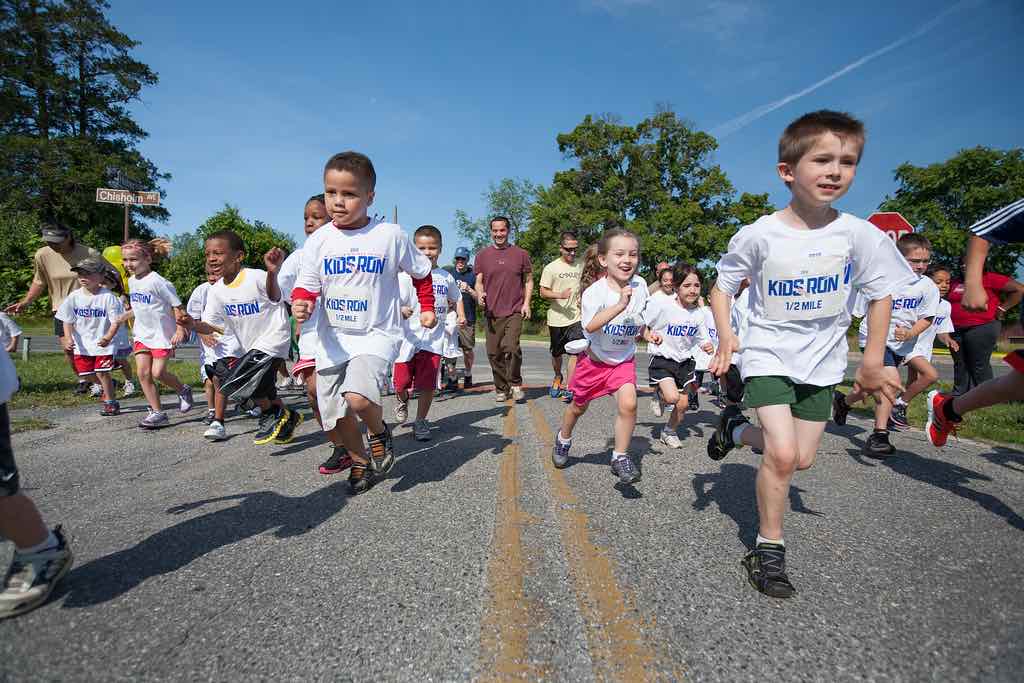Healthy eating and physical activity help children grow, learn and build strong bones and muscles. As a parent or caregiver, you have a great opportunity to be a role model of positive behaviours and a healthy lifestyle.
Healthy food choices and regular physical activity may help children to maintain a healthy weight and prevent health problems, including type 2 diabetes. Type 2 diabetes usually develops in adults, but increasing numbers of overweight children and teens are being diagnosed with this chronic disease.
Be active – everyday!
Canada’s Physical Activity Guides for Children and Youth recommend that children build up to 90 minutes of activity (30 minutes vigorous, 60 minutes moderate) per day. Start slowly and build activity into their daily routine. Children learn by watching and doing, so set a good example. Eat healthy meals and snacks and participate in fun activities together – go for a walk or play catch! Use the list of “Tips to get moving” to encourage healthy habits.
Why be active?
Being physically active keeps children fit and healthy. There are also many social, emotional and educational benefits, which lead to:
- Healthy bodies: Regular activity builds a healthy heart, burns excess energy to help maintain a healthy weight and can prevent or delay type 2 diabetes as well as other chronic diseases.
- Positive self esteem: Activity helps children feel good and try new skills.
- Social skills: Group activity provides the chance to make friends, build confidence and learn team-building skills.
- Good mental health: Activity can reduce stress, anxiety and depression.
- Better grades: Activity can improve memory, creativity and problem-solving.
Tips to get moving
- Be active as a family – walk to school, play at the park or swim at a local pool.
- Choose activities that fit the ability and interests of your child – soccer, biking, ball hockey or skipping.
- Encourage kids to participate in team sports at school – focus on the social ‘fun’ part and less on winning.
- Make a ‘Top 10’ list of activities to get kids active and away from the TV and computer.
- Join an after-school activity at your community centre – basketball, martial arts, gymnastics.
- Encourage play time – outside or inside (dancing, balloon volleyball, bean bag games).
- Offer a variety of activities – a balance of organized and active play; competitive and informal; individual and team.
Cut back on screen time
Screen time (TV, video and computer game time) takes children away from sports, games and active play. The Canadian Pediatric Society recommends limiting screen time to less than 1 – 2 hours a day. Make it your goal to:
- Keep children active after school.
- Avoid using the TV and computer as a babysitter.
- Keep the TV off during meals and avoid snacking in front of the screen.
Active children become active adults. By encouraging children to be physically active, you are helping to establish healthy lifelong habits.
http://www.diabetes.ca/diabetes-and-you/kids-teens-diabetes/active-living-for-school-age-children

